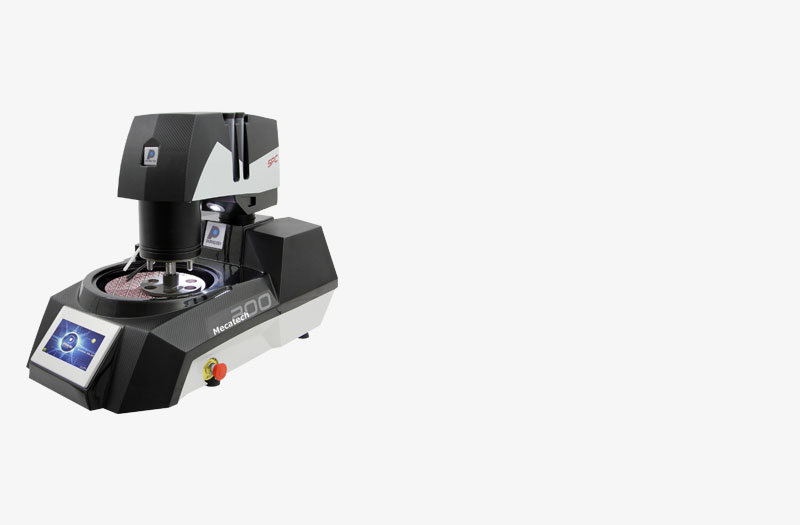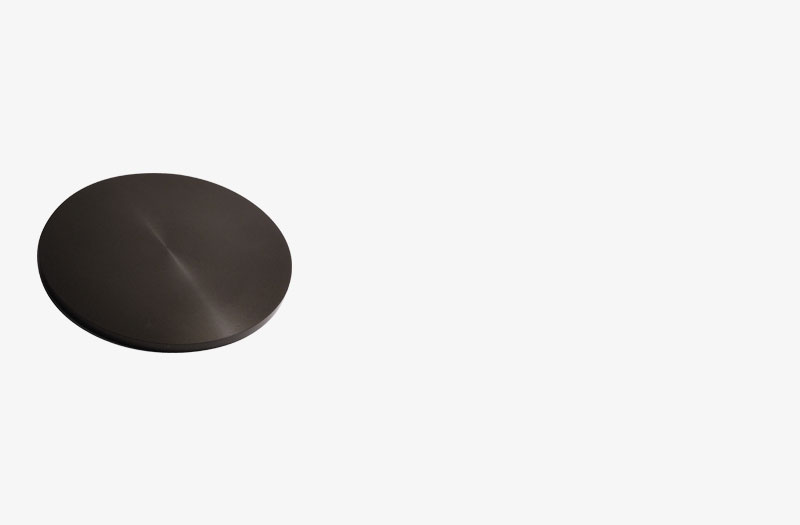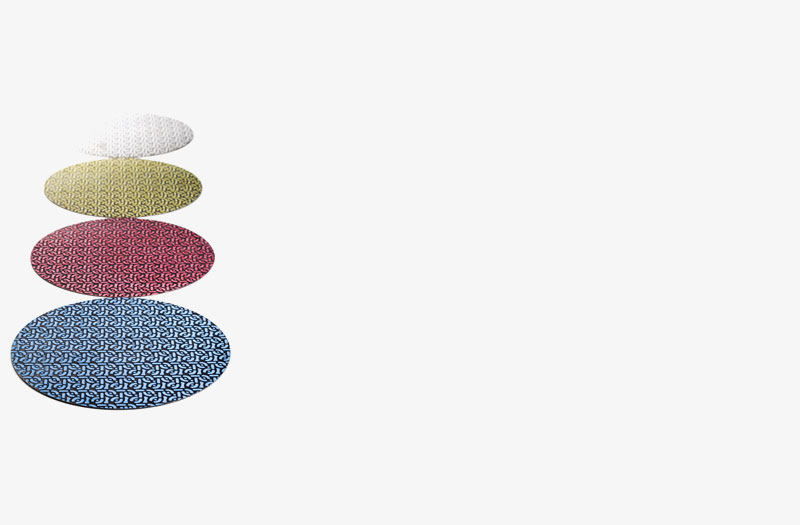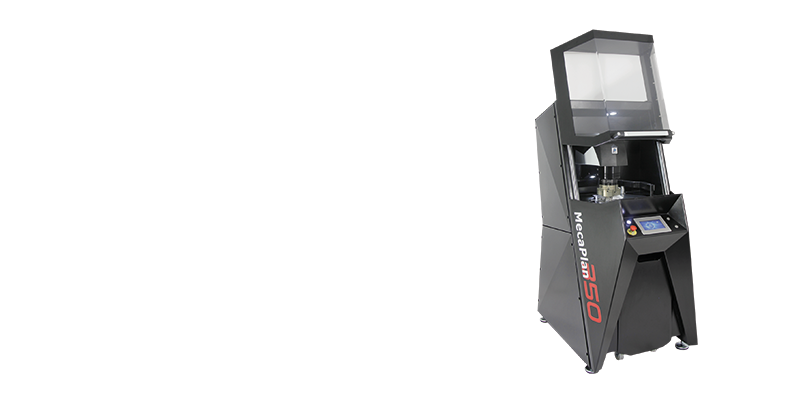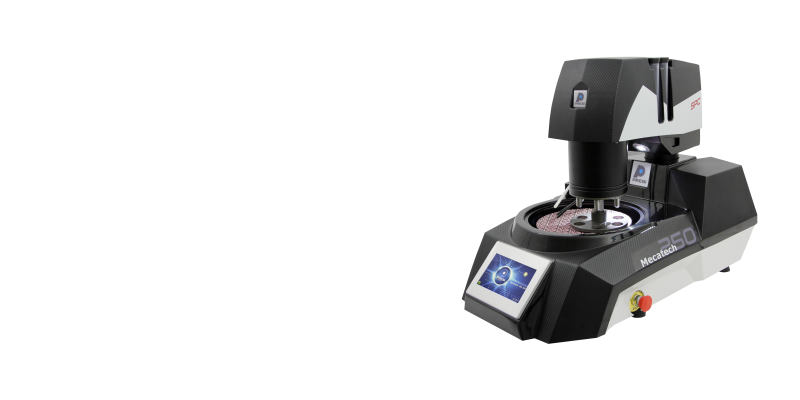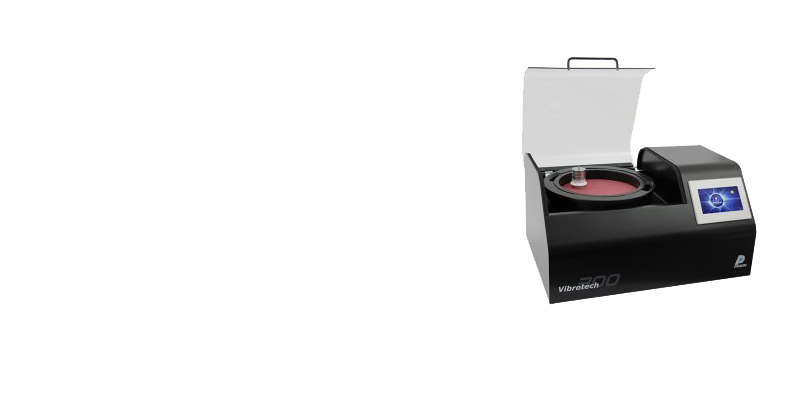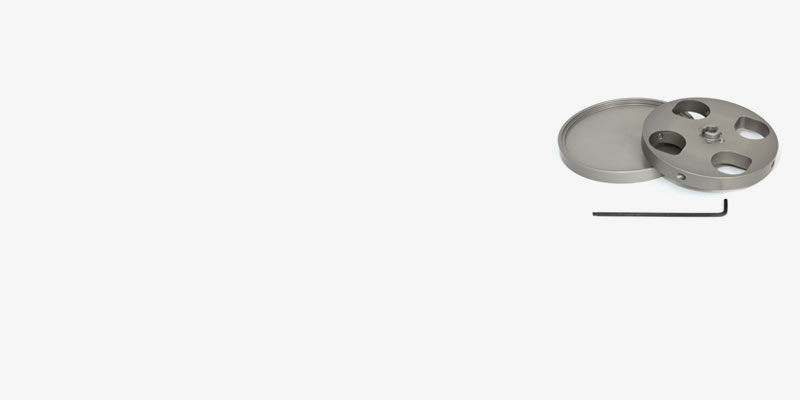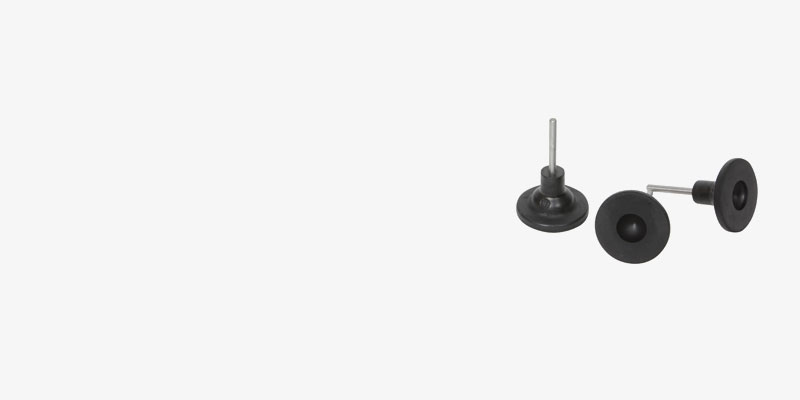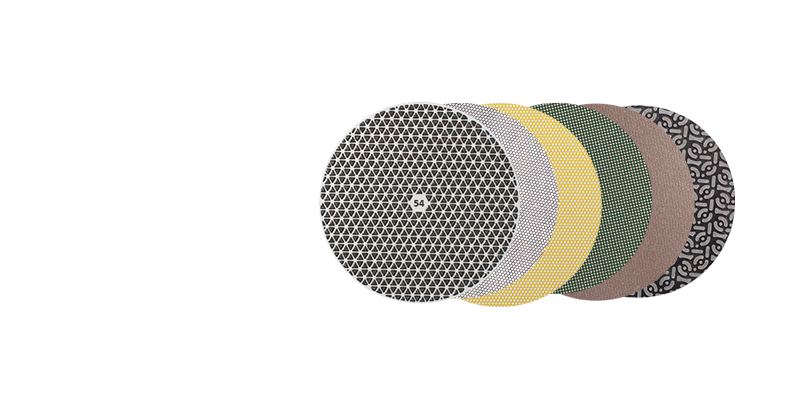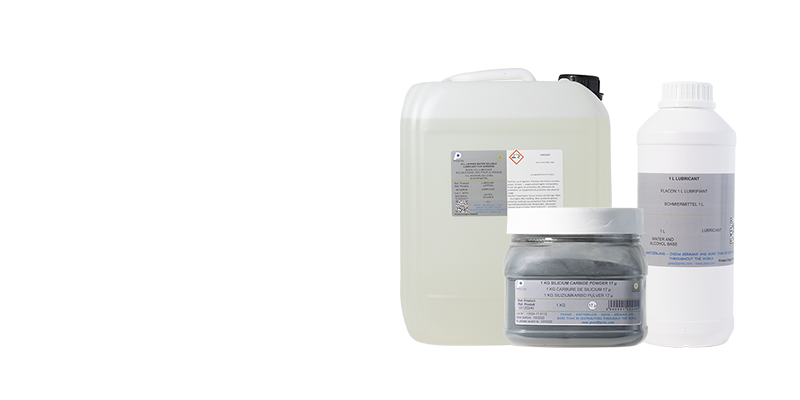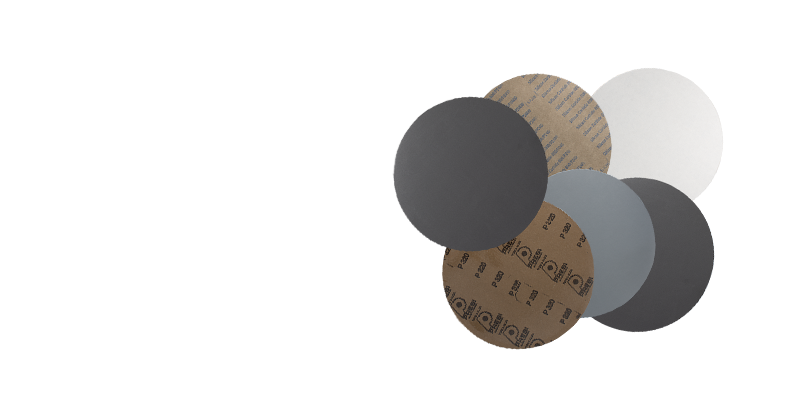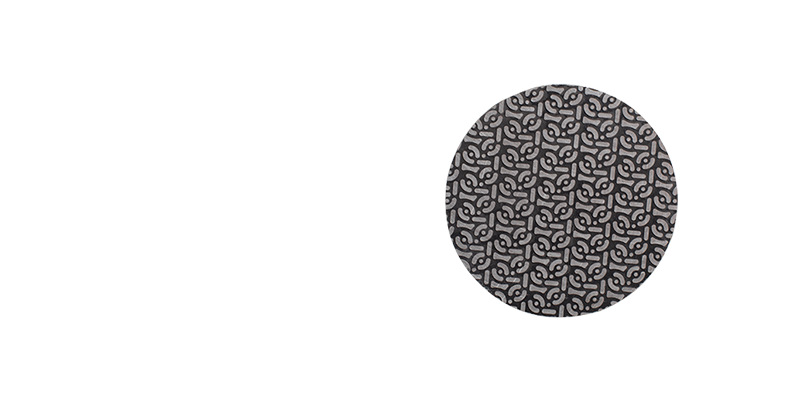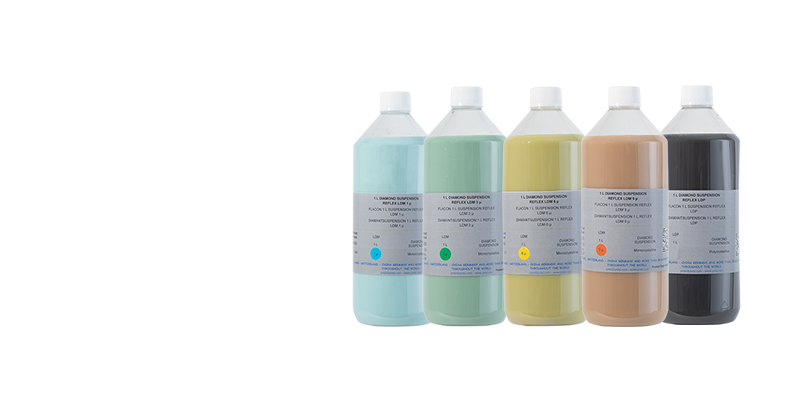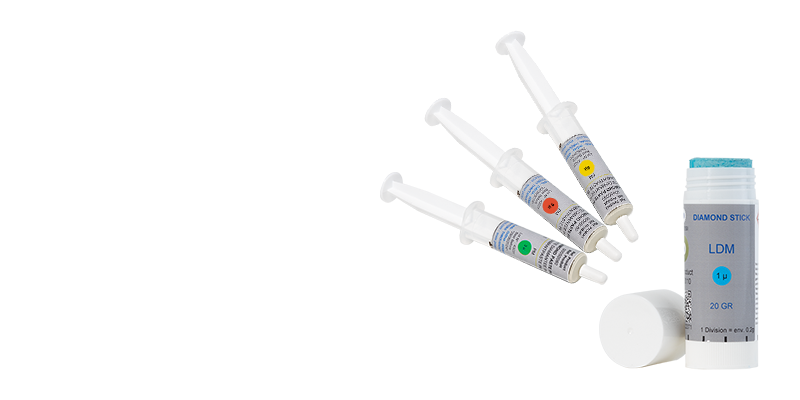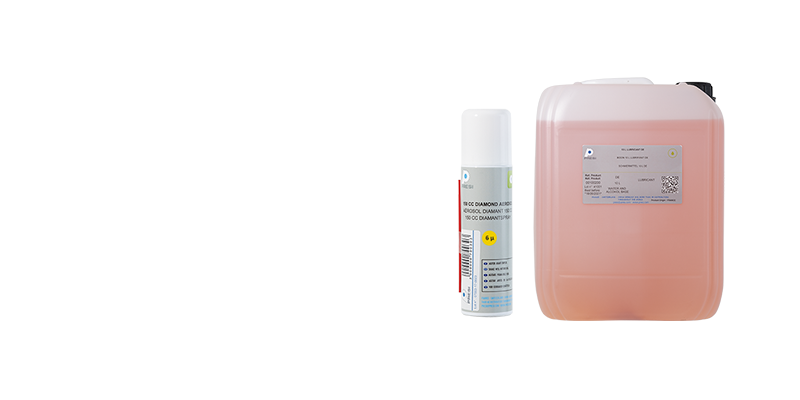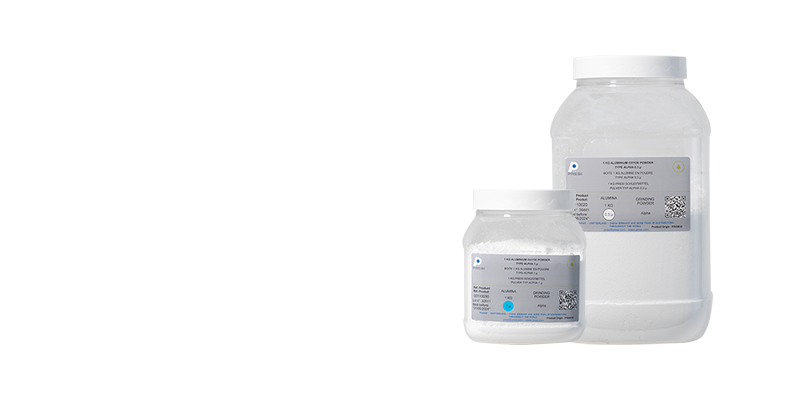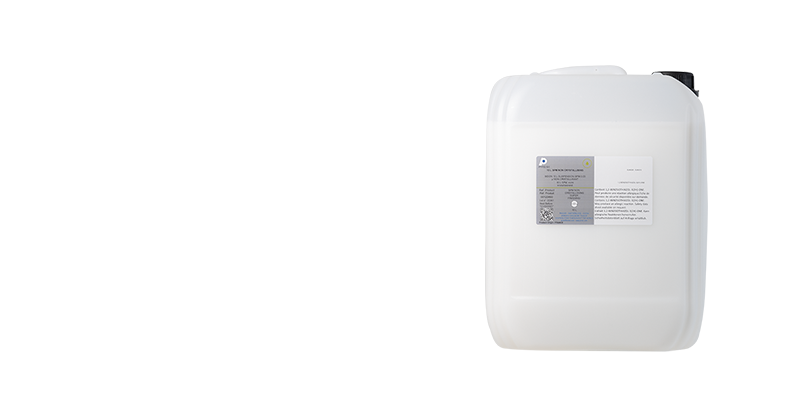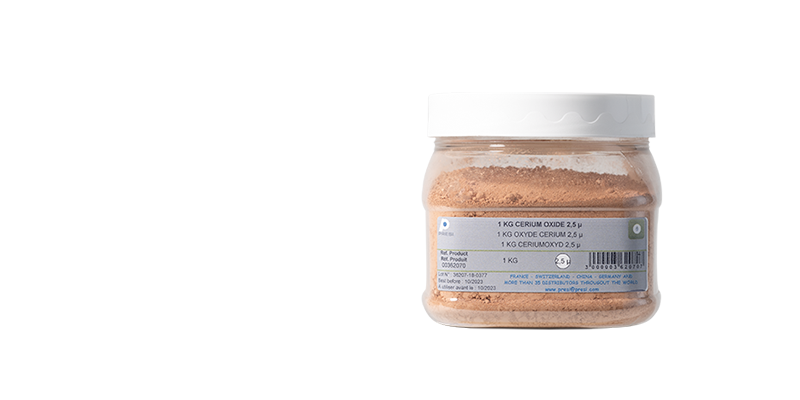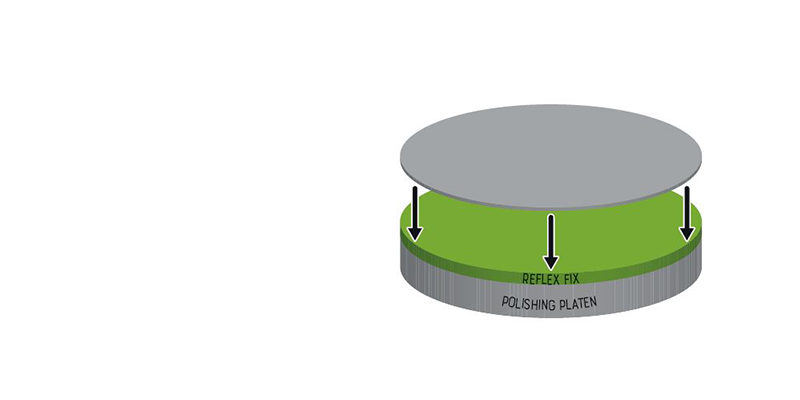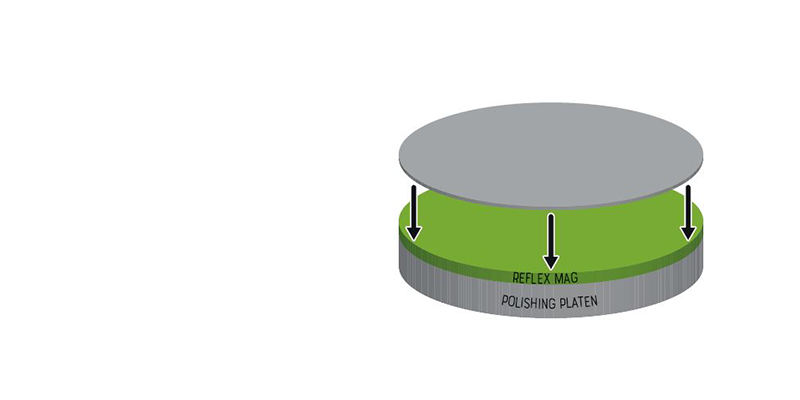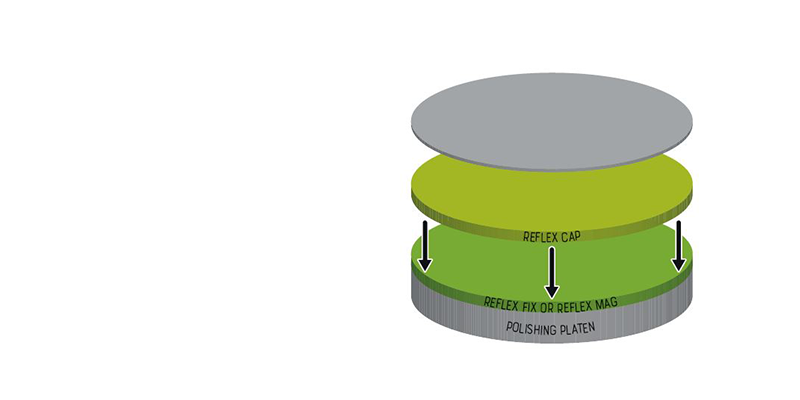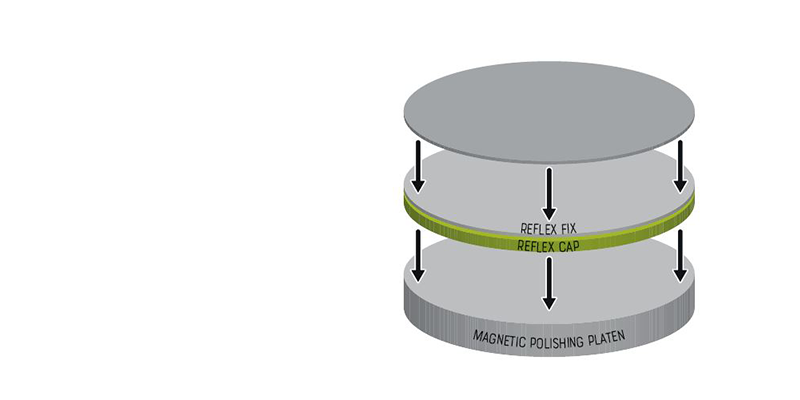POLISHING
The last essential and crucial phase of the sample preparation process is polishing. The principle is simple, each step uses a finer abrasive than the previous one. The aim is to achieve a highly reflective flat surface and eliminate residual scratches and defects that would interfere with the analysis of the final results of metallographic controls such as microscopic analysis, hardness testing, microstructure inspections or dimensional inspections.

POLISHING MACHINES
To know which polishing machine is appropriated, it is necessary to take into account and analyze upstream your needs and objectives. From grinding to super-finishing, from polishing of single or mass production samples, there are many possibilities. Manual or automatic polishing machines, single station or double station, central or individual pressure, vibration, electrolytic or portable polishing … PRESI offers a wide range of high-performance polishing machines that meet all expectations, from occasional needs to regular use, which require speed and maximum reproducibility.

POLISHING ACCESSORIES
PRESI offers various polishing accessories for its machines. For the clamping of 3 to 12 samples, mounted or non-mounted and in any form, many sample holders are available for central pressure polishing or individual pressure polishing. PRESI also offers platens and drive platens, circular paper holder, lids, reduction rings and all accessories needed for electrolytic polishing, vibrating polishing and portable polishing.

POLISHING CONSUMABLES
The optimization of the polishing process is also made possible thanks to our wide range of polishing consumables that fully preserve the surface quality of the materials to be analyzed. From grinding to super-finishing, the aim is to create more and more fine scratches in order to obtain a mirror polish.
GRINDING
For the grinding stage, PRESI manufactures and designs a wide range of diamond discs (with resin or metallic bond), lapping abrasives and abrasive papers for the dressing and roughing of materials that guarantee a saving in polishing time and a perfect flatness.
POLISHING HOLDERS
The polishing stage consists of using polishing cloths associated with diamond solutions and lubricants. Depending on the material to be polished, it will be necessary to choose the cloth, the diamond, the grain size and the adapted lubricant. PRESI offers a wide choice of polishing holder (MED R discs and polishing cloths) that allow better removal rates, better flatness to solve all metallography or geology polishing needs. Polishing holders influence the cutting properties of the free abrasives (diamond, alumina, silica, etc.) with which they are used. PRESI polishing cloths are classified into 4 main categories: fine grinding, rough-finishing, finishing and super-finishing.
DIAMOND POLISHING
Alcohol or water base, monocrystalline or polycrystalline diamond, granulometry … Once the polishing holder has been selected, it must be combined with a suitable diamond solution. PRESI has many products for diamond polishing that come in different forms: suspensions, pastes, sticks or diamond aerosols. For optimum performance, each solution should be used with a suitable lubricant.
SUPER-FINISHING POLISHING
Alumina suspensions, colloidal silica gel, cerium oxide … PRESI offers various products suitable for super-finishing polishing. After the diamond polishing step, these products are used for the finishing and super-finishing of metallographic samples.
ADAPTATION DEVICES
PRESI adaptation devices enable adaptation across-all manufacturer machines and consumables. Standard or magnetic polishing platens, adhesive, non-adhesive or magnetic polishing holders…The possible combinations are varied and sometimes complex! That’s why, PRESI invented and patented a revolutionary fixing process: the Reflex FIX.
This exclusive system is a holding method for all types of polishing holders (abrasive papers, diamond discs or polishing cloths). No more adhesive or magnetic polishing holders, you can make all the samples polishing steps on one polishing platen. Easier process, flexibility of use, time saving, no tedious removal of adhered surfaces.

